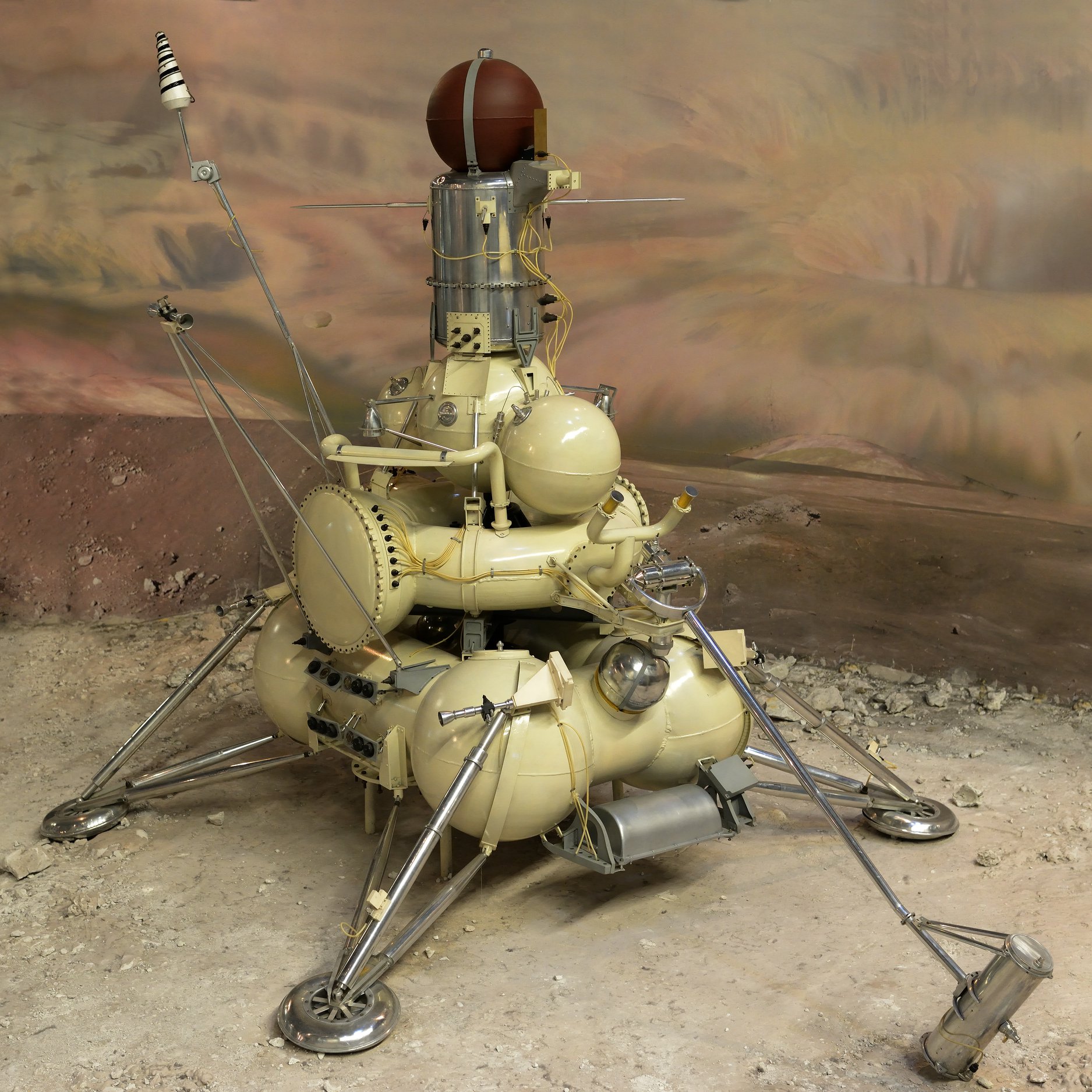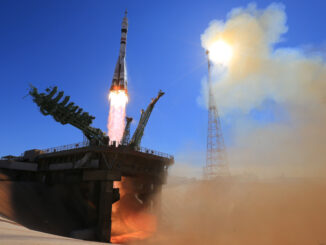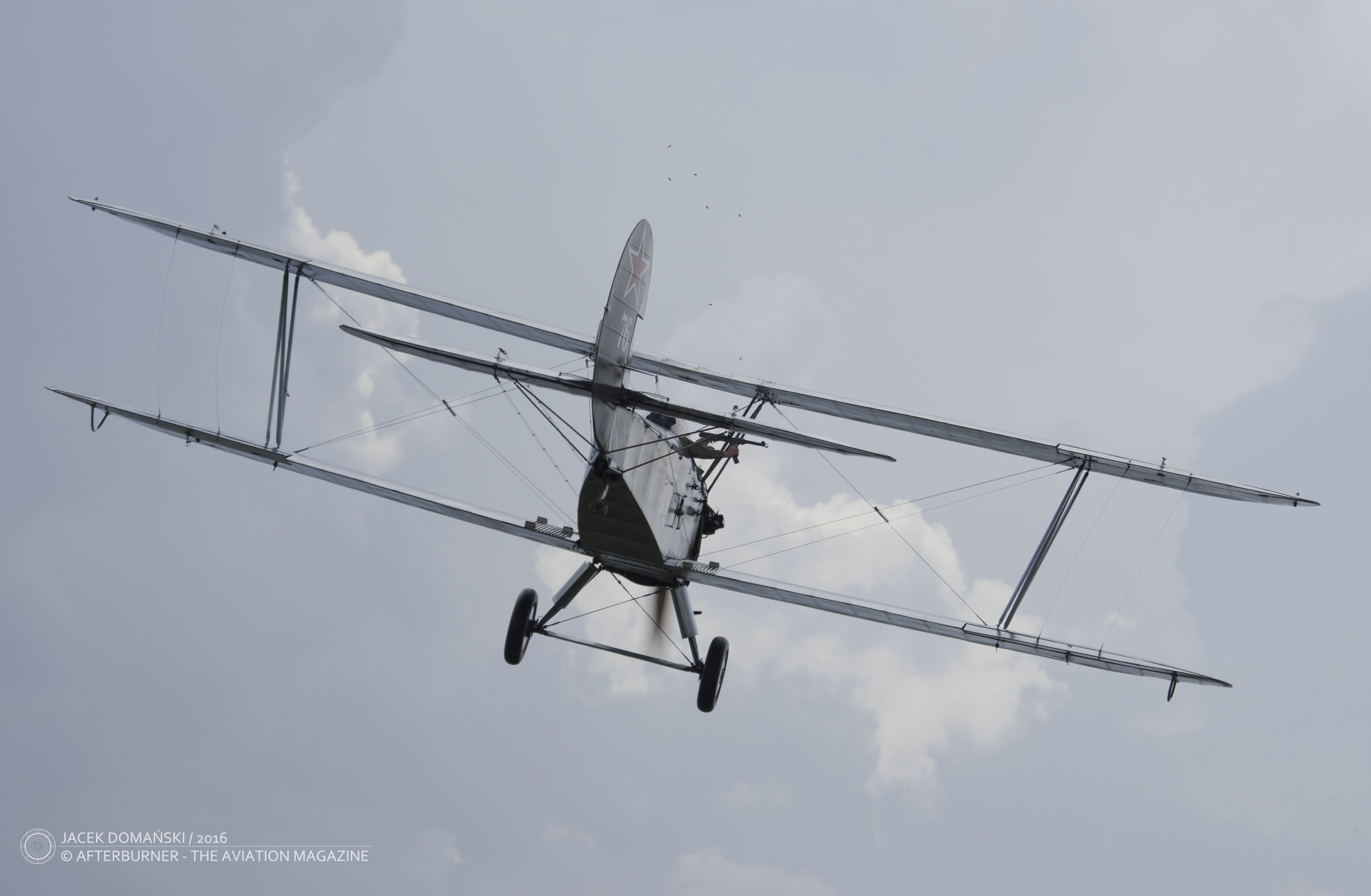
Luna-20 soft landed on the Moon
Луна-20 (´Moon-20´) was one of eight in general, and the second of three unmanned space probes successfully sent to the Moon, with the task to bring a lunar ground sample to Earth – under the Luna programme introduced by the Soviet Union in 1958.
On 14th February 1972, the Luna-20 probe was launched into space using a Proton K/D rocket from Baikonur spaceport in then Kazakh Soviet Socialist Republic (now Kazakhstan). Soon afterwards, the probe has reached the Earth’s intermediate parking orbit of 191 kilometres perigee, 235 kilometres apogee, inclination of 51,1°, circulating the planet every 88,7 minutes for the next four days.
On 18th February, the Luna-20 was transferred to the orbit of the Moon, with the inclination against lunar equator was 65°. In the following four days, the lunar probe was flying 100 kilometres above the ´silver globe´, encircling it every 118 minutes.
Finally, on 21st February 1972, the Luna-20 has soft landed on the Moon. The probe has touched down the lunar surface at 19.19 UTC, on Terra Apollonius, a mountainous area near Sea of Fertility (Mare Fecunditatis). Shortly thereafter, the robotic device started gathering sample of lunar soil, using its extendable drilling apparatus. Additionally, thanks to the installed cameras, the spacecraft took photos of the surroundings and sent it back to Earth.
The next day, at 22.58 UTC on 22nd February, the ascent stage of Luna-20, carrying 55 grams of lunar soil samples locked in a small spherical capsule, launched from the lunar surface and began its three-day return flight to Earth.
The mission was successfully competed on 25th February 1972 – at 19.19 UTC the Luna-20 has returned on Earth safely, coming down slowly on parachutes. The capsule landed on an island in the Karkingir River, 40 kilometres north of Jezkazgan town in Kazakhstan.
Specimen of the lunar material collected and delivered by the Luna-20 were different than those delivered by a previous mission, designated as Luna-16. This time, most of the samples consisted lunar rocks from the lunar highlands anorthosite, while the Luna-16 collected mostly a particle of basalt.
Both examples of the lunar material, delivered by Lunas 16 and 20, were shared with American, French and British scientists. It´s worth noticing that similar kind of specimen material from the highlands area of the Moon was brought to Earth two months later, by the US Apollo 16 mission.
Pictured above is a mockup of Luna-16 robotic space probe. Nevertheless, despite a few minor differences the device was very similar to Luna-20.
Photo: Mockup of Luna-16 in the Space Museum in Moscow, by Bembmv. Used on the CC BY-SA 3.0 license, via Wikimedia Commons



